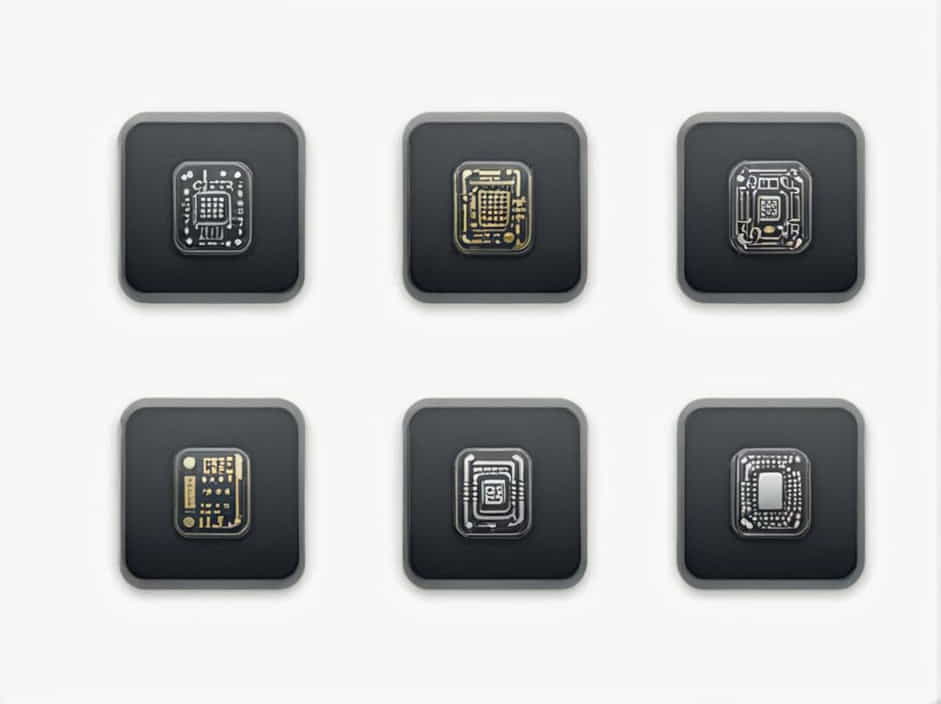Microprocessors are the foundation of modern computing, powering everything from personal computers to smartphones and embedded systems. But where did it all begin? The first commercial microprocessor was introduced by Intel in 1971. This breakthrough changed the technology landscape and set the stage for the digital revolution.
This topic explores the company that introduced the first commercial microprocessor, its release date, and the impact it had on the industry.
The Birth of the First Commercial Microprocessor
Intel: The Pioneer of Microprocessors
Intel Corporation, founded in 1968, became a key player in the semiconductor industry. By the early 1970s, there was growing demand for compact and efficient processors that could handle complex computations.
In 1971, Intel introduced the Intel 4004, the world’s first commercial microprocessor. This marked the beginning of a new era in computing, enabling smaller, faster, and more powerful electronic devices.
What Was the Intel 4004?
The Intel 4004 was a 4-bit microprocessor, designed to handle basic computing tasks. It was initially developed for a calculator but soon proved its potential for broader applications.
Key Specifications of the Intel 4004
- Bit Width: 4-bit
- Clock Speed: 740 kHz
- Transistors: 2,300
- Instruction Set: 46 instructions
- Memory Addressing: Could handle up to 640 bytes of RAM
These specifications were groundbreaking at the time and paved the way for more advanced microprocessors in the future.
The Creation of the First Microprocessor
The Team Behind the Intel 4004
The Intel 4004 was developed by a team of engineers, including:
- Federico Faggin – Lead designer
- Marcian ‘Ted’ Hoff – Architect who proposed the microprocessor concept
- Stanley Mazor – Contributed to the instruction set design
- Masatoshi Shima – Assisted in logic design
Their work revolutionized computing, leading to the creation of more powerful and efficient microprocessors.
Why Was the Intel 4004 Created?
Intel developed the 4004 in response to a request from Busicom, a Japanese calculator company, which needed a set of integrated circuits for their new desktop calculator.
Instead of creating separate chips for each function, the Intel team designed a single chip that could perform all necessary computations-leading to the birth of the microprocessor.
The Impact of the First Commercial Microprocessor
1. Revolutionizing Computing
The Intel 4004 proved that an entire CPU could fit into a single integrated circuit (IC). This innovation made it possible to develop smaller and more affordable computers, shifting from large mainframes to personal computing.
2. Advancing Microprocessor Technology
Following the success of the 4004, Intel quickly released more advanced microprocessors, including:
- Intel 8008 (1972) – 8-bit processor, expanded capabilities
- Intel 8080 (1974) – Used in the first personal computers
- Intel 8086 (1978) – The foundation of modern x86 architecture
Each new processor improved upon the last, leading to the development of today’s high-performance CPUs.
3. Enabling New Industries
The microprocessor not only transformed computers but also enabled the development of:
- Embedded systems (found in appliances, cars, and industrial machines)
- Gaming consoles (early arcade machines and home gaming systems)
- Mobile devices (early PDAs and modern smartphones)
Without the Intel 4004, these industries might have developed much more slowly.
Comparing the Intel 4004 to Modern Microprocessors
The Intel 4004 was revolutionary, but how does it compare to today’s microprocessors?
| Feature | Intel 4004 (1971) | Modern Intel Core i9 (2024) |
|---|---|---|
| Bit Width | 4-bit | 64-bit |
| Clock Speed | 740 kHz | 5+ GHz |
| Transistors | 2,300 | Over 10 billion |
| Memory Support | 640 bytes | Up to terabytes |
| Applications | Calculators | AI, gaming, data centers |
While the Intel 4004 was limited in power, it laid the foundation for modern high-performance computing.
Other Companies and Early Microprocessors
Although Intel created the first commercial microprocessor, other companies also contributed to microprocessor development.
1. Texas Instruments (TI)
TI developed an early microprocessor in 1970 (before Intel’s 4004), but it was never commercially released. This prevented TI from claiming the title of the first commercial microprocessor.
2. RCA (Radio Corporation of America)
RCA developed the COSMAC 1802 in the mid-1970s. It became popular in space applications due to its low power consumption and durability.
3. Motorola and the 6800 Series
Motorola introduced the MC6800 in 1974, a powerful competitor to Intel’s 8080. This chip influenced later microprocessor designs, including Apple’s early computers.
Although several companies were working on microprocessors, Intel’s 4004 was the first to be commercially available, making it a historic milestone.
Why Intel Succeeded in the Microprocessor Industry
Intel’s early leadership in microprocessor development gave it a significant advantage over competitors. Here’s why:
1. Early Market Entry
By launching the first commercial microprocessor, Intel established itself as a leader in semiconductor innovation.
2. Continuous Improvement
Intel quickly followed up with better microprocessors, ensuring its dominance in the market.
3. Industry Adoption
Intel processors became the standard in personal computing, especially after IBM chose Intel’s chips for its IBM PC in 1981.
4. Strong Research and Development
Intel invested heavily in R&D, staying ahead of competitors by developing faster and more efficient processors.
The first commercial microprocessor, the Intel 4004, was introduced by Intel in 1971. This groundbreaking innovation transformed computing, enabling smaller, more powerful, and more efficient devices.
While other companies contributed to microprocessor technology, Intel’s early leadership, continuous improvements, and industry adoption helped it dominate the market.
Today, microprocessors power everything from smartphones to supercomputers, and it all started with the Intel 4004. The microprocessor revolution is far from over, with advancements in AI, quantum computing, and edge computing shaping the future.
The legacy of the Intel 4004 remains strong, proving that one small chip can change the world.
